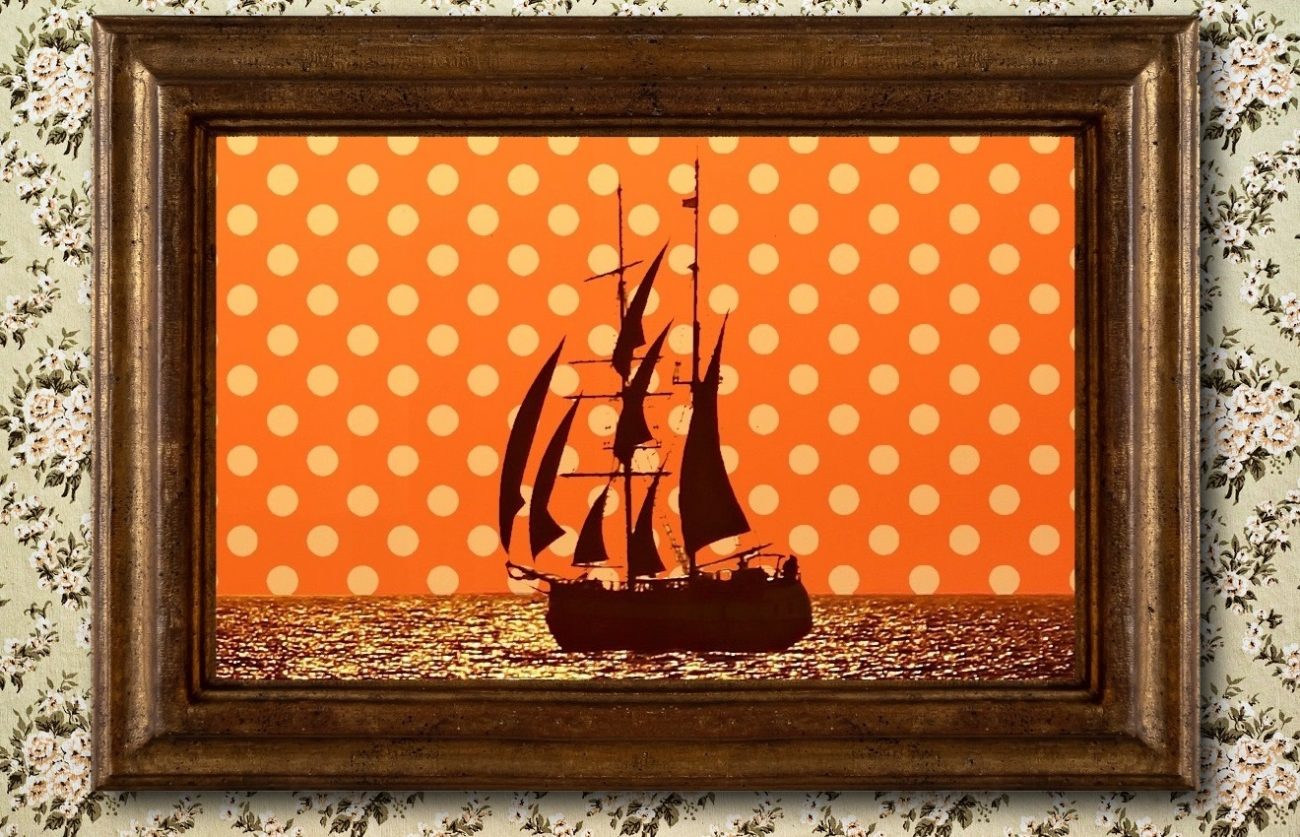Those who leave the ship
No one, just for belonging to a Gypsy family renowned for the most traditional cante jondo, has the obligation to continue that tradition, if they believe they have the skill and talent for other things and think they can evolve as artists in other fields, or innovating in cante itself. I didn’t attend to the concert of Tomás Perrate last Wednesday, at the Bienal, but according

No one, just for belonging to a Gypsy family renowned for the most traditional cante jondo, has the obligation to continue that tradition, if they believe they have the skill and talent for other things and think they can evolve as artists in other fields, or innovating in cante itself. I didn’t attend to the concert of Tomás Perrate last Wednesday, at the Bienal, but according to some critics it was depressing. Tomás has diverse musical interests and he likes to do other things, and what he’s being doing really well since a young age is to sing traditional flamenco. Yet, I have sometimes asked myself, because I care about him, where is he going? Is it really worth stepping into the mud?
If the good ones leave the ship (and I don’t mean just Tomás), what will happen to flamenco? I get that those who sing por soleá and por seguiriya often have a hard time trying to make a living off their art and sometimes have to perform in run-down peñas and obscure festivals. I also get that doing other things they may have the opportunity of performing in better stages and earn enough money to live well. That’s why I admire so much those cantaores who stuck to purity (yes, purity), knowing that they would remain in poverty while others enjoyed the good life.
Tomás Pavón, Juanito Mojama, El Chaqueta, El Gloria and La Moreno experienced dire poverty, but we venerate them today because of what they did and for the legacy they left us, although La Moreno never recorded. Tomás Pavón would hunt cats at night so he’d have something to eat, during the 1936 Spanish Civil War, because he had to fend for himself when his sister, who used to provide for him, moved to Madrid. Juan Mojama made a meagre living as a shoe shiner just before dying as poor as a rat. I don’t mean to say that today’s artist should do those things, and besides these are different times and cante jondo is better paid now than in those days. I say this just to put things into perspective.
On the other hand, artists must know their limitations and how far they can go. I will never write a novel because I believe I’m just good enough for what I do (and barely, at that). I also think that I’ll end my days writing about flamenco, which is the only thing I’m truly passionate about in my work as a journalist and writer. That’s why I don’t understand how come some people ruin their careers with failed adventures, in most cases.
I remember that some artists tried to get back to traditional flamenco after making a lot of money with commercial music, but found the door shut. Perhaps it wasn’t fair, but it happened. Valderrama admitted to me how hurt he felt when he quit the theaters and commercial music, but then would barely have an opportunity to perform in flamenco festivals. And we’re talking about a genius, among the greatest in flamenco. Another genius, Caracol, lamented one night in his own tablao that Antonio Mariena was more highly regarded than himself in cante. Let’s be careful, then, when leaving the ship, because those things happen. Besides, the ship of traditional cante is not a bad way to navigate the flamenco seas and make a dignified living off art.
Translated by P. Young




